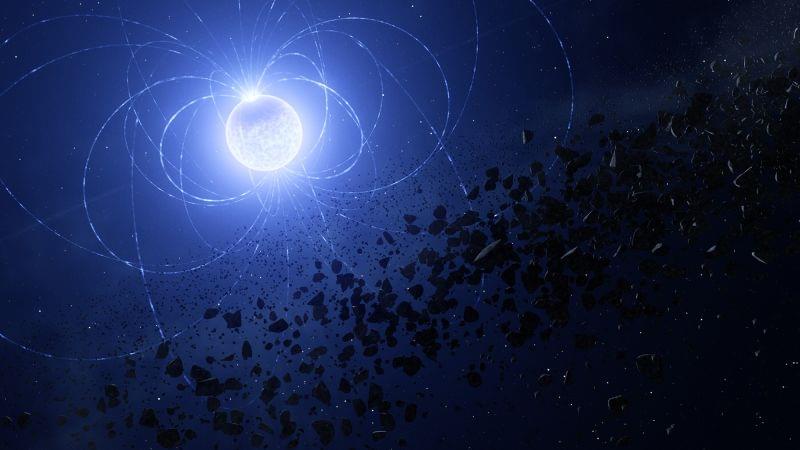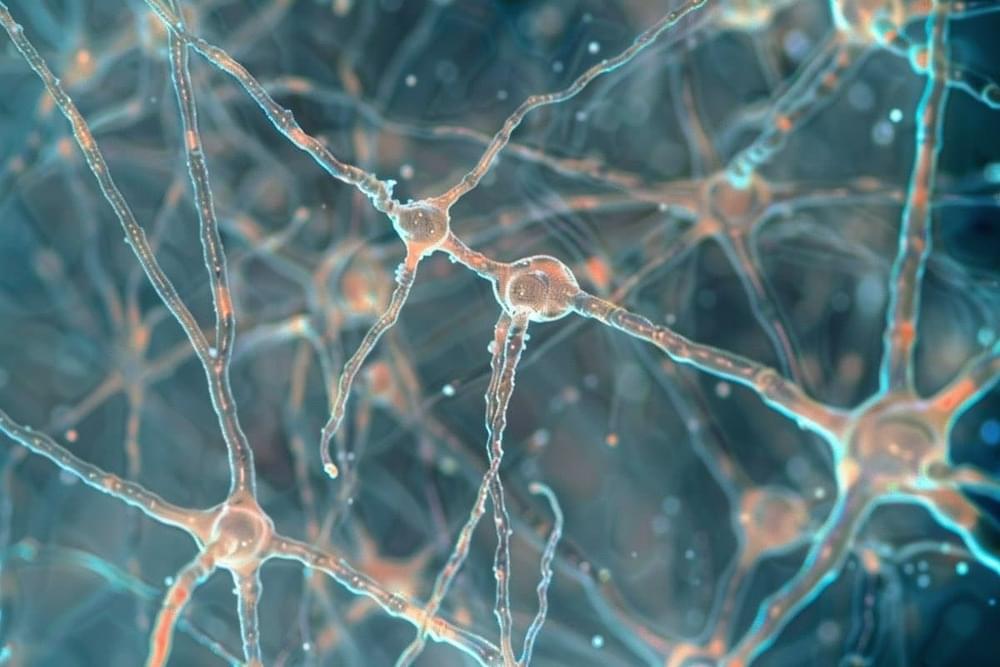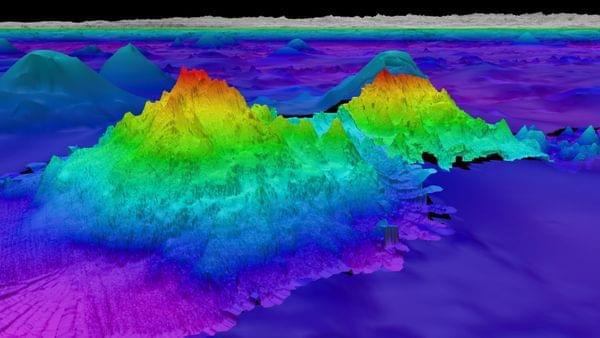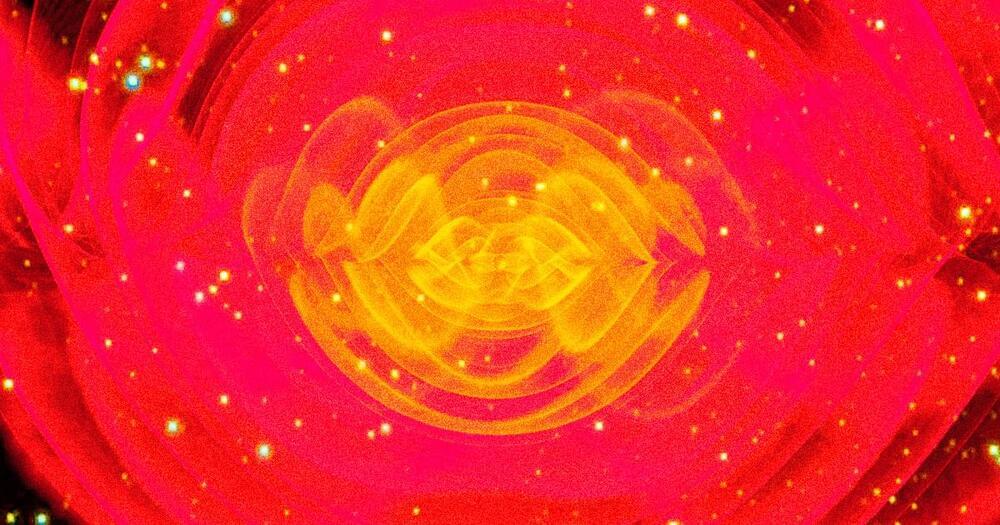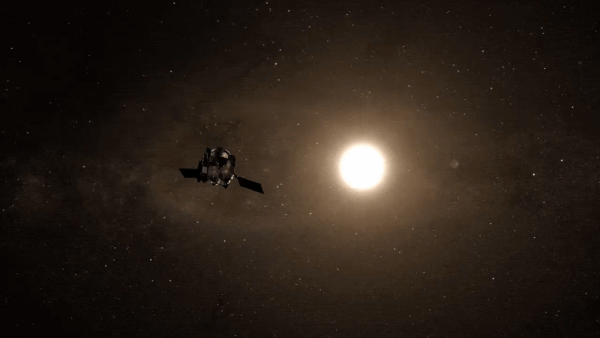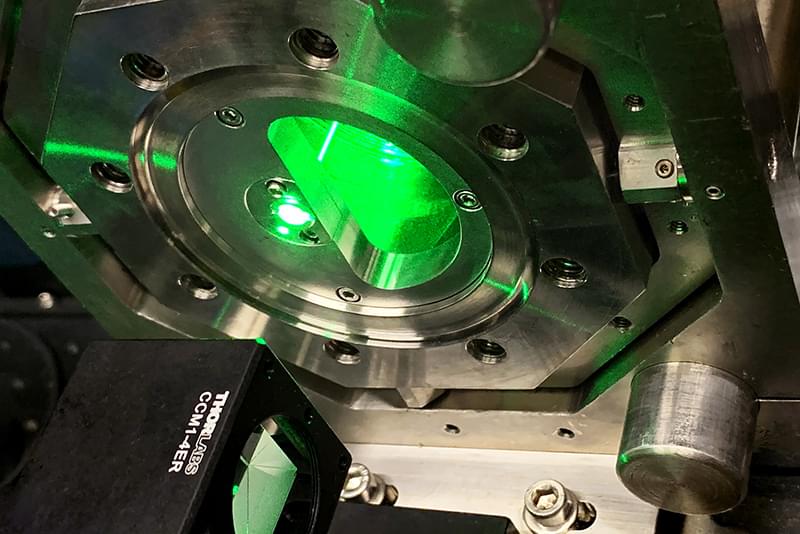Astronomers have spotted an unusual sign that a dead star feasted on a fragment of a planet orbiting it: a metal scar on the star’s surface. The revelation sheds light on the dynamic nature of planetary systems even in the end stages of a star’s life cycle — and could foretell the eventual fate of our own solar system, according to the scientists.
Planets form from swirls of gas and dust called a protoplanetary disk that surrounds a newly formed star. But as the star ages and dies, the stellar object can consume the very planets and asteroids it helped create.
Astronomers observed a dead star, known as a white dwarf, located about 63 light-years away from Earth using the European Southern Observatory’s Very Large Telescope in Chile. The observation revealed a metallic feature on the star’s surface that the researchers determined was related to a change detected in the star’s magnetic field. A new study detailing the observation appeared Monday in The Astrophysical Journal Letters.
